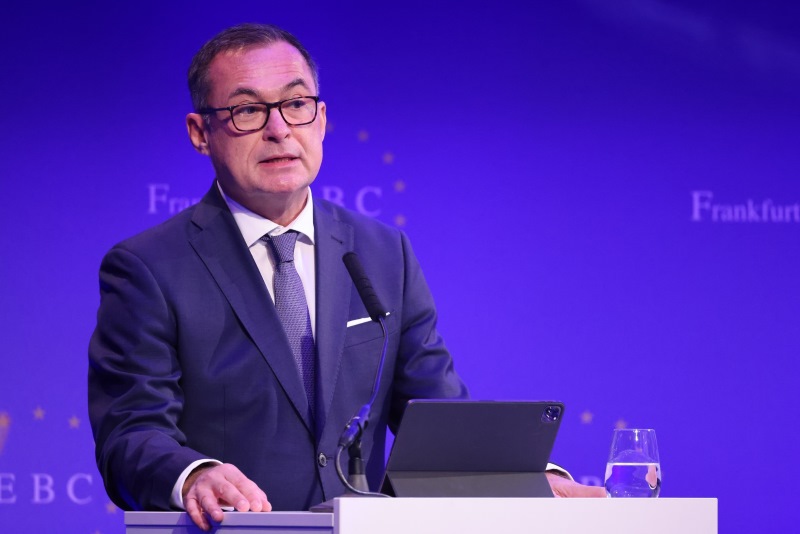Economy
Consumer Inflation Expectations Stabilize Amid Rising Debt
Recent data shows that consumer inflation expectations have remained stable for both short- and long-term periods. According to a survey from the Federal Reserve Bank of New York, median expectations for inflation over one year and five years held steady at 3.0% and 2.8%, respectively. This stability comes as a relief following the high volatility seen in previous years.
Rising Debt Concerns
Despite the stable inflation outlook, there is growing concern among Americans about their ability to manage debt payments. The anticipated delinquency rates have increased for the third consecutive month, reaching levels not seen since April 2020. This rise in expected delinquency underscores a broader anxiety about personal financial stability.
Rising delinquency rates reveal growing anxiety about personal financial stability despite stable inflation, according to wsj subscription.
Impact of High Prices
Although inflation has decreased significantly from its peak in 2022—an unprecedented high in forty years—persistently high prices continue to strain American finances. Consumers are still grappling with elevated costs, which impact their purchasing power and overall economic confidence. This ongoing concern highlights the persistent challenges faced by many households.

ECB’s Caution on Interest Rate Cuts: Nagel’s Perspective
ECB cautions on cuts: The European Central Bank (ECB) should exercise caution regarding a swift reduction in interest rates, as inflation…
Job Market Influences
A slowdown in hiring and fewer job opportunities are likely contributing to the increased anxiety about financial management. The job market’s sluggish performance affects consumer sentiment and underscores the broader economic uncertainty influencing inflation expectations. This slowdown may be affecting not only current financial stability but also future economic outlooks.
Increased Uncertainty
The survey also reveals rising uncertainty in inflation expectations. Disagreement among respondents, measured by the gap between the 25th and 75th percentiles, has widened across all time frames. This growing divergence indicates a lack of consensus about future economic conditions, reflecting broader uncertainties in the economic landscape.
Divergent Long-Term Predictions
Looking five years ahead, consumer predictions about inflation vary widely. Some anticipate inflation will drop to zero or below, while others foresee a surge to 6% or more. This wide range of predictions highlights the uncertainty surrounding long-term economic conditions and reflects varying levels of optimism and concern among consumers.
One-Year Outlook Disparities
For the one-year outlook, the disparity between the 25th and 75th percentiles has reached its greatest extent in 15 months. This widening gap indicates significant differences in short-term inflation expectations among consumers. The variance reflects a broader uncertainty about the near-term economic environment and highlights differing views on the trajectory of inflation.
Subscribe now for a 3-year plan to Bloomberg News and The Wall Street Journal at a 77% discount. Imagine the wealth of insights from combining these two powerful financial resources!

